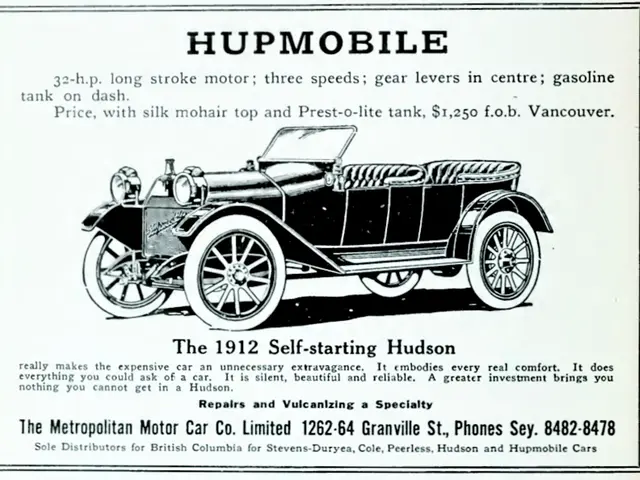Advanced Optical Coatings Boost Functionality in Aviation and Military Applications
Optical coatings play a crucial role in improving the functionality and durability of components in aerospace and defense systems. These thin layers of materials, applied to optical components like lenses, mirrors, and filters, offer a range of benefits that are essential for mission success in both airborne and ground defense technologies.
Enhancing Optical Clarity and Image Quality
One of the primary functions of optical coatings is to maximize optical transmission, reduce glare, and increase light throughput in complex optical systems. Anti-Reflection (AR) coatings are commonly used for this purpose, as they help minimize reflections and enhance visual clarity in imaging, sensor, and night vision systems, even in high ambient light environments.
Electromagnetic Interference Shielding
For EMI shielding purposes, conductive coatings like Indium Tin Oxide (ITO) and metallic alloys are utilized. These coatings provide EMI/RFI shielding of electronics such as LCD displays from electromagnetic interference, ensuring the reliable operation of critical systems.
Stealth Applications
Electromagnetic wave absorbing coatings are used to reduce radar and IR detection, making components less visible for stealth applications. These coatings are developed with high durability to withstand extreme temperatures, abrasion, humidity, cryogenic or vacuum conditions often encountered in aerospace and defense environments.
Durability and Environmental Resistance
Durability and abrasion-resistant coatings protect optics and surfaces from erosion, mechanical wear, and harsh environmental factors. Hydrophobic and anti-icing coatings prevent ice build-up on optical surfaces and airframes in hostile environments, ensuring uninterrupted operation in challenging conditions.
Specific Applications
Common applications of optical coatings in aerospace and defense systems include head-up displays (HUDs) and electro-optic systems in aircraft and military vehicles, night vision and thermal imaging devices, electrochromic and thermochromic coatings for adaptive optical elements, and optical elements in laser-based defense systems.
Types of Optical Coatings
The main types of optical coatings used include anti-reflective coatings, Indium Tin Oxide (ITO) transparent conductive coatings, electromagnetic wave absorbing coatings, electrochromic/thermochromic coatings, hydrophobic and anti-icing coatings, durability and abrasion-resistant coatings, broadband IR coatings, metallization layers, and reflective coatings.
Cevians specializes in thin film coated optics for aerospace and defense applications, offering a wide range of coatings including anti-reflective, conductive, band pass, band rejection, and full color NVIS coatings. Precise deposition techniques like Physical Vapor Deposition (PVD) or Chemical Vapor Deposition (CVD) are used to create these thin film coatings.
In summary, aerospace and defense optical coatings are specialized thin-film or surface treatments that enhance optical clarity, electrical conductivity, stealth, and environmental resistance on components such as display panels, sensor windows, laser optics, and aircraft surfaces. They are critical enablers for mission success in both airborne and ground defense technologies. For more information on Cevians' optical products, please visit their website.
- In the field of aerospace and defense, Cevians' anti-reflective coatings improve image quality and visual clarity in imaging, sensor, and night vision systems, making them essential for stealth applications.
- For reliable operation of critical systems, Indium Tin Oxide (ITO) and metallic alloys in conductive coatings provide EMI/RFI shielding of electronics like LCD displays from electromagnetic interference, a valuable feature in various aerospace and defense technologies.








